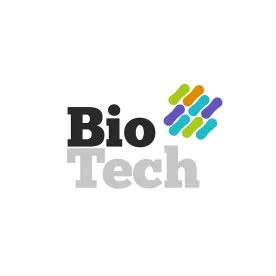The European Union (EU) Observatory for Nanomaterials (EUON) has posted two Nanopinions:
- “Seeing is believing,” posted on April 11, 2023, by Dr. Chandima Bulumulla, Postdoctoral Fellow at the Janelia Research Campus of the Howard Hughes Medical Institute, and Dr. Abraham G. Beyene, Group Leader at the Janelia Research Campus of the Howard Hughes Medical Institute. The column explains how single-walled carbon nanotubes (SWCNT) can help measure biochemical processes happening inside the brain. “In addition to dopamine release events, we were able to visualise the diffusion of dopamine outside of neurons following their release. With this new technology, we were able to image dopamine release events in axonal terminals, and more importantly, shed light on poorly understood dendritic dopamine release events.”
- “Fishing for novel interactions between nanomaterials and the immune system,” posted on May 14, 2023, by Professor Bengt Fadeel, Full Professor of Medical Inflammation Research at the Institute of Environmental Medicine, Karolinska Institutet. “The gut microbiome (i.e., the collection of bacteria that dwell in our gut, primarily in the large bowel or colon) is sometimes considered as our ‘forgotten organ’. However, several studies published in recent years have shown that the gut microbiome regulates normal (physiological) responses. Hence, metabolic signals generated by the microbiome are known to modulate the immune system of the host. Naturally, the complex interactions between the microbiome and its host can only be studied in a living organism — but this doesn’t mean that mice are the best model. In fact, there are species differences also when it comes to the structure and function of the gut microbiome. Therefore, a model — such as the zebrafish — can be used to demonstrate a mechanism, but the same results cannot a priori be used to draw conclusions about ‘risk’.”




 />i
/>i

